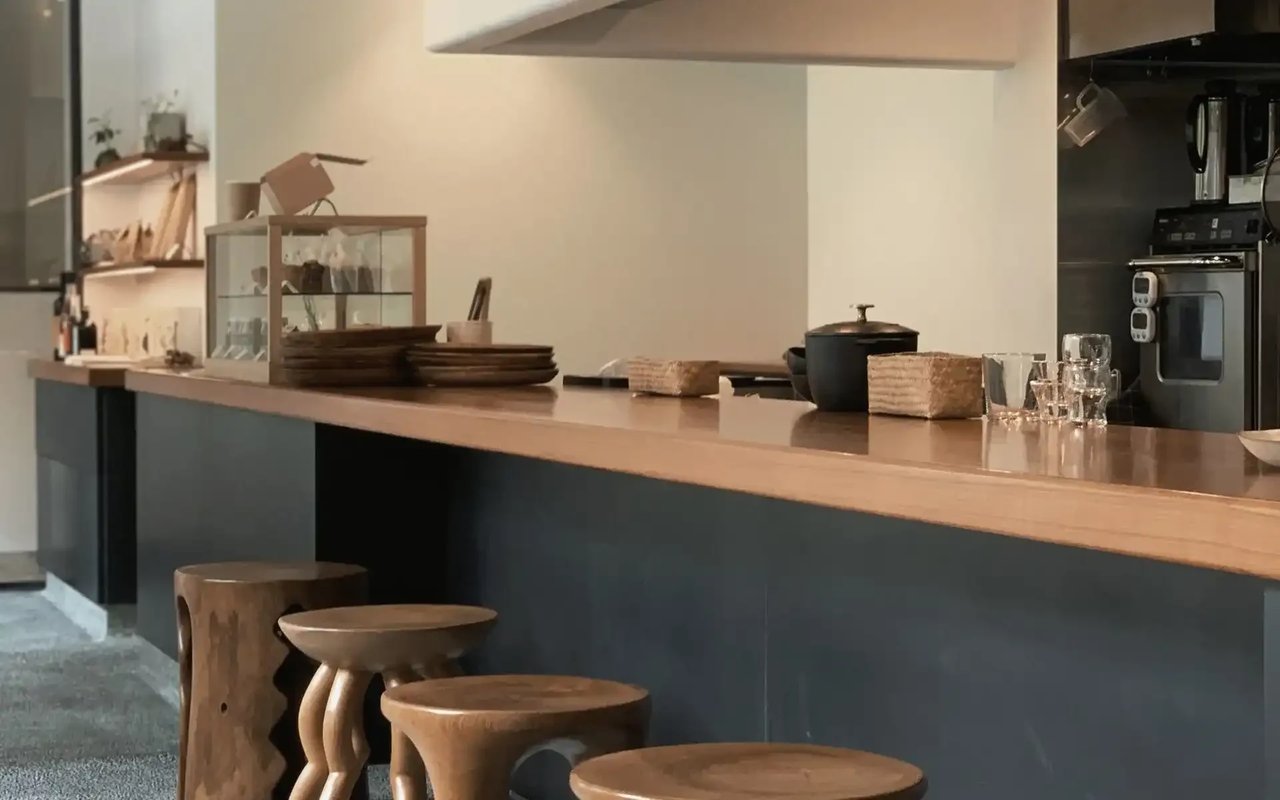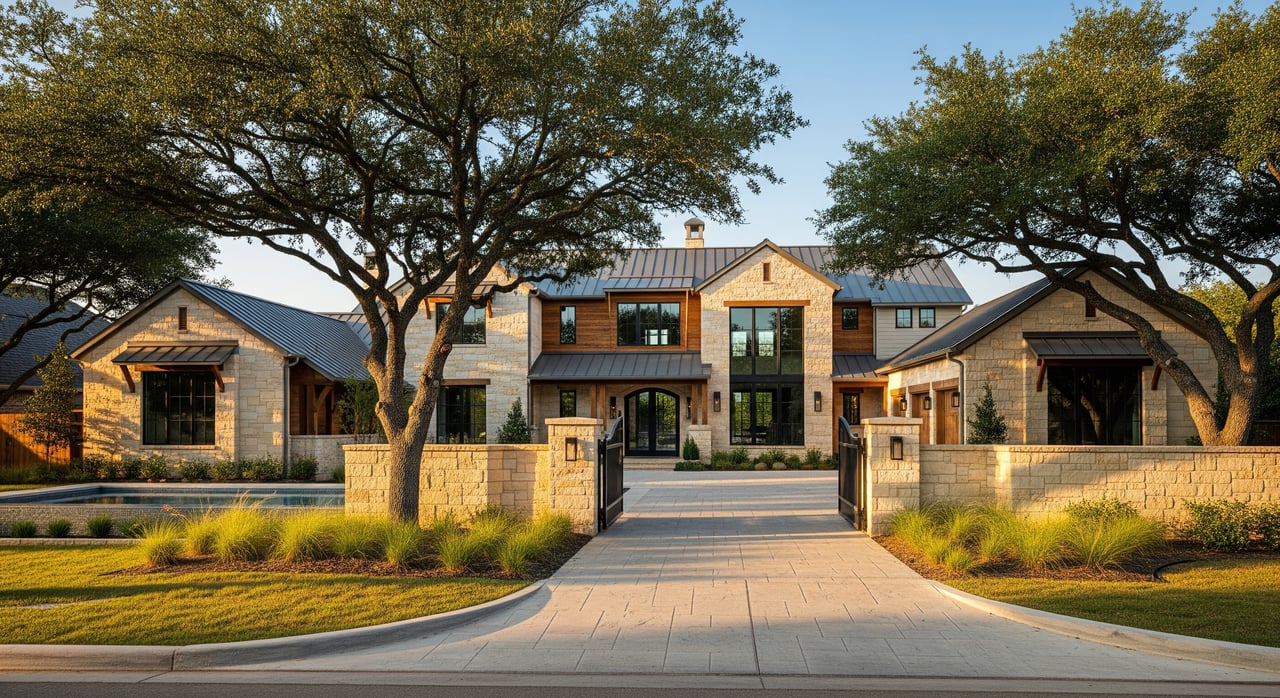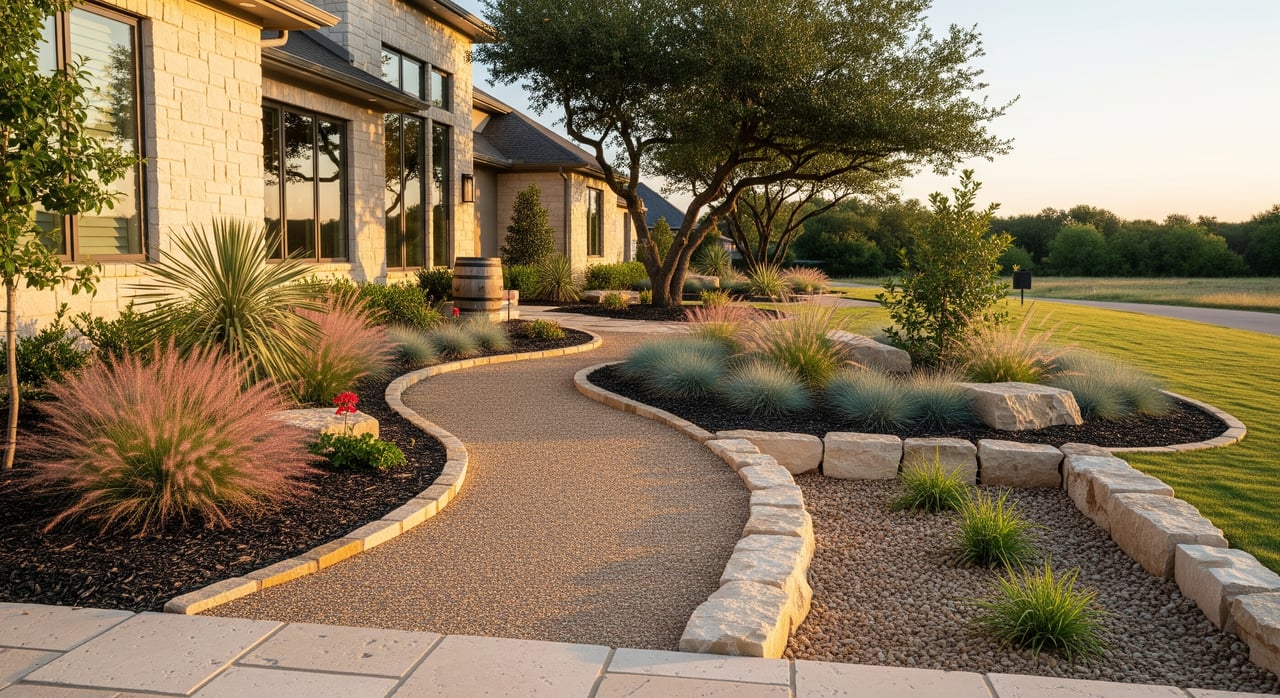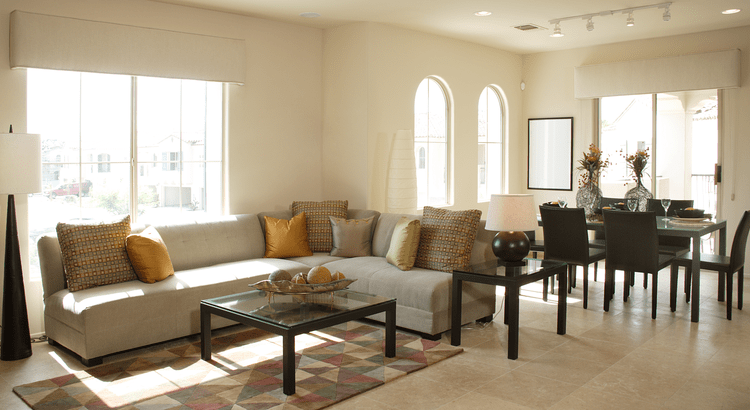
Think back to the first place you lived as a young adult. It’s likely you can’t imagine trying to fit your life today into that space today.
For most of us, our housing needs are cyclical.1 In the beginning, sharing a small apartment is exciting as we experience independence. That same apartment doesn’t make sense with a growing family. For empty nesters, a large home with several unused bedrooms can become impractical to maintain. It’s no surprise that life transitions often trigger a home purchase.
The pandemic changed the traditional home-buying needs of most people. Upsizing or downsizing is defined differently today. Understanding broad trends can help you understand what to keep in mind as you house hunt. Taking time to consider what you are looking for will ensure that you don’t have regrets about your home purchase and it meets your needs for your next life stage.
The Newly Married or Partnered Couple
While marriage in the past has been a springboard to homeownership, in recent years many couples are buying homes without exchanging rings. The median age of marriage and buying a first home into the late 20s and early 30s have shifted with the millennial generation.2,3 But no matter your age, there are some key factors that you should consider as you enter into your first home purchase together.
Affordability Is Key
There’s no doubt that high student loan debt has delayed homeownership for many millennials. With rising interest rates, high inflation, and economic challenges, it’s not just millennials—Americans of all ages are facing both financial challenges and a tough housing market. However, the offset to high inflation and interest rates is lower home prices, which helps with long-term affordability as they lock in a sales price but can later refinance to a lower rate to lower their monthly mortgage payments.
While many buyers are holding out for their dream home, embracing the concept of a starter home can open a lot of doors.4 In fact, that’s the route that most first-time homebuyers take—the average home purchase for a 20-something is about 1,600 square feet. While the average size increases to around 1,900 square feet for buyers in their 30s, it’s not until buyers reach their 40s that the average size passes 2,000 square feet.
Chosen carefully, a starter home can be a great investment as well as a launchpad for your life together. If you focus on buying a home you can afford now with strong potential for appreciation, you can build equity alongside your savings, positioning you to trade up to a larger home in the future if your needs change.
Commute and Lifestyle Considerations
Living together involves some compromises whether you have been living in a rental or sharing a home for the first time. Identifying certain home features that can make life easier for both of you like the number of bedrooms and bathrooms, availability of closet space, and even things like kitchen layout can make a big difference in your day-to-day life and relationship.
Your home’s location will also have a significant impact on your quality of life, so consider it carefully. Commuting, spending time with family and friends, and continuing with your interests and hobbies, you’ll need to find a location that meets both your needs. I can help you find some great neighborhoods that meet your budget in your preferred location that offers the perfect mix of amenities and affordability.
The Growing Family
Having kids changes things—fast. That 1,600 square foot home that was plenty of space for two adults suddenly becomes a lot more cramped. Whether you’ve just had your first child or your kids can’t comfortably share a bedroom any longer, new considerations emerge as you seek a new home that will fit your growing family.
The Importance of School Districts
It is natural for many parents to seek the best education for their children especially once they are in middle and high school. 53% of buyers with children under 18 say that school districts are a major factor in their home-buying decisions.7 Of course, better-funded (and often higher-ranking) schools correspond to higher home prices. Many buyers with kids prefer to sacrifice a bit of space to find a home in their desired location when they can find a balance between affordability and good schools.
But when you’re moving to a new community, it can be tough to figure out what the local schools are actually like and online ratings don't tell the whole story. Speaking to your agent and meeting with local school principals is helpful to gain confidence in your knowledge of the schools in the area.
Lifestyle Considerations
For many families, living space is a key priority. Children may need a designated playroom or teenagers may need space to hang out with their friends. You might also crave adult space. The right floorplan can make family life easier to manage and enjoy. For example, an open plan is invaluable if you want to cook dinner while keeping an eye on your young kids playing in the living room. And if you think that you might expand your family in the future, you may want to consider extra bedrooms and baths to grow into comfortably.
Functionality
Try to think about how each room will fit into your day-to-day. Are you anticipating keeping the house stocked to feed hungry teenagers? A pantry might rise to the top of the list. Managing loads of laundry that come with both infants and older kids (especially if they play sports) may require a well-designed laundry room. Imagine a typical day or week of chores in the house to identify which features will have the biggest impact.
Chances are you won’t find every “want” in every home, but you may instead focus on every “need” that is important. Identifying and prioritizing the must-haves can help in your decision-making process. I can help you assess your options and give you a sense of what is realistic within your budget.
The Empty Nesters
With kids in college or living on their own and working, empty nesters have empty bedrooms and extra living space that is unused so downsizing may sound like what is the next step for empty nesters. While the average buyer under 55 tends to move up to a larger home, buyers over 55 are more likely to purchase a smaller or similarly sized home but in recent years, they are not downsizing to significantly smaller homes until maintenance and upkeep become too challenging in later years. According to research by the National Association of Realtors®, by the time buyers reach their 70s, the median home size drops to 1,750 square feet.5 But there’s plenty for empty nesters to think about besides square footage.
Maintenance and Livability
First, what is driving your decision to move? Identifying factors that lead to your decision to move will help you narrow down your search early in the process. For example, do you want to have space for a garden, or would you prefer to avoid dealing with lawn care altogether? What about home maintenance? In many cases, a newer home will require less maintenance than an older one and a smaller one will take less time to clean. You may also want to consider townhomes, condos, or other living situations that don’t require quite as much upkeep.
Lifestyle Considerations
Many empty nesters have retired or are nearing retirement age. This means time to finally pursue hobbies and passions that were just too hard to squeeze into a demanding work schedule. If you’re ready to move, consider how you’d like to spend your time and seek out a home that will help make that dream a reality. For some, that might mean living near a golf course or a beach. For others, being able to walk downtown for a nice dinner out is the priority. And with more time to spend as you wish, proximity to a supportive community of friends and family is priceless.
Ability to Age in Place
Let’s face it, we can’t escape aging. If you’re looking for a home to retire in, accessibility should be front-of-mind.8 This may mean a single-story home, the practicality of installing an elevator, or simply having adequate spaces on the first floor to rearrange as needed. Having to make renovations later to accommodate accessibility needs can tap into your retirement income so planning ahead is time well spent. Don’t forget about the location. If you might need your family to provide support, are they close by? What about accessibility to hospitals, doctors, and shopping? While it’s tempting not to consider these future realities, a few careful considerations now can make staying in your home long-term much more feasible.
Finding the Right Home for Right Now
Cycles of life tend to change your housing needs. In the United States, the median duration of homeownership hovers around 13 years.9 In my experience here in the D/FW area, people tend to move more frequently every 5-7 years. That means many of us will cycle through a few very different homes as we move through different life stages. At each milestone, a careful assessment of your housing options will ensure that you are well-positioned to embrace all the changes to come.
Whatever stage you’re embarking on next, I’m here to help. I will share my insight into local neighborhoods, prices, and housing inventory to help you in your home-buying journey. I’ve worked with home buyers in every stage of life, so I know exactly what questions you need to ask. Buying a home whether it’s your first or your fifth is a big decision, but I’ll be here to support you every step of the way.




